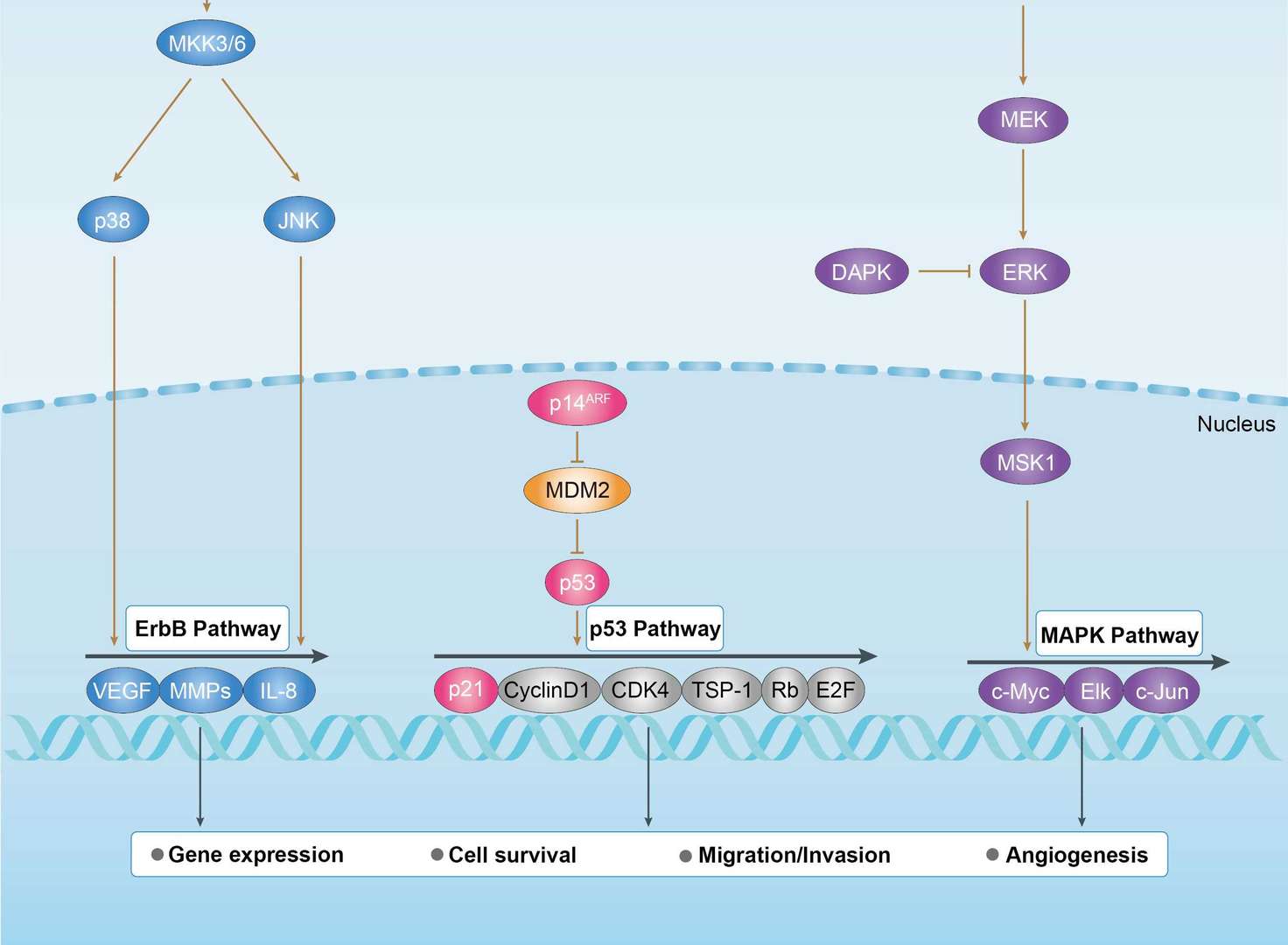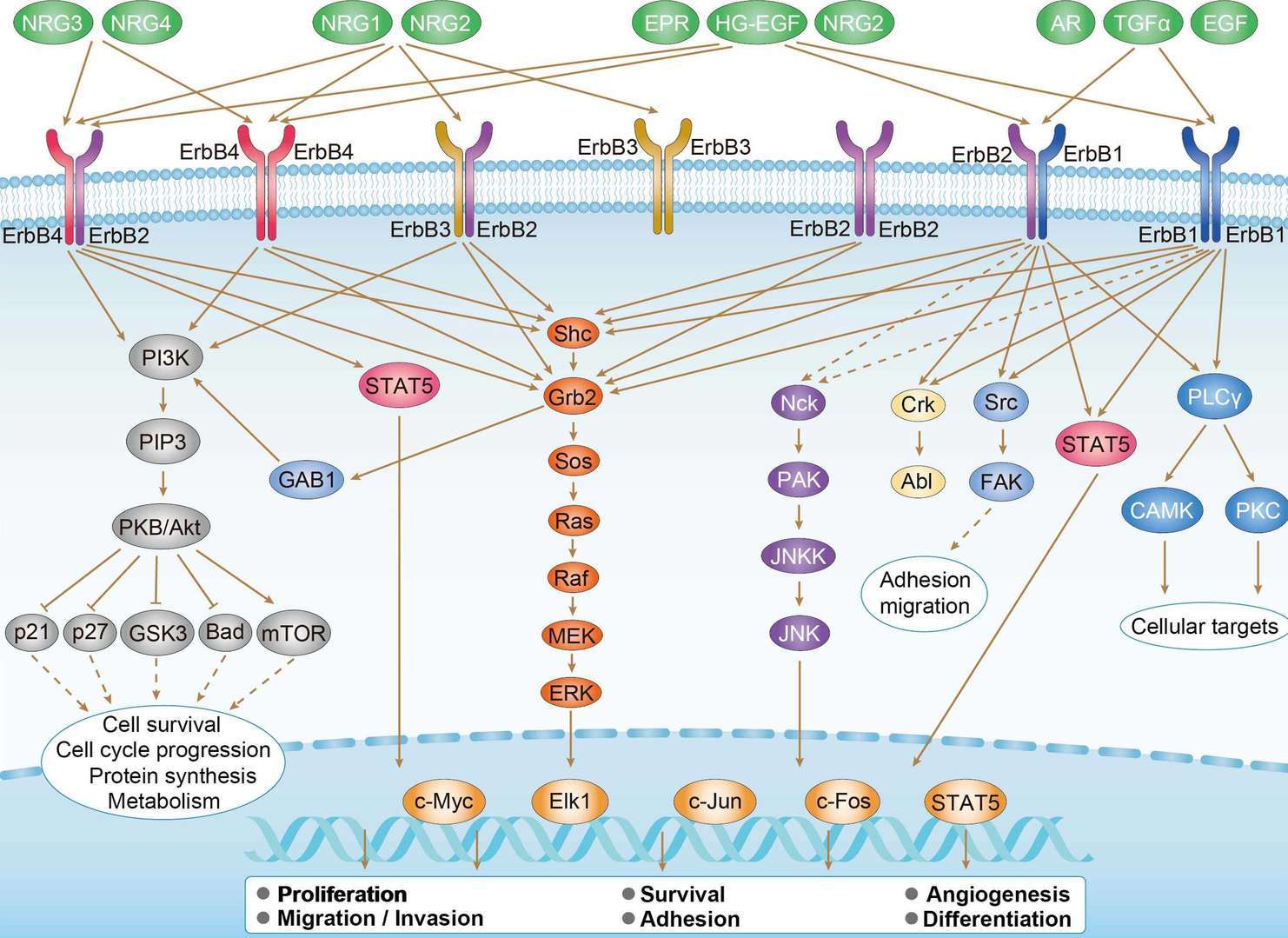AbPlus™ Anti-Pak1 Magnetic Beads (VS-0724-YC307)
CAT#: VS-0724-YC307
The AbPlus Anti-Pak1 Magnetic Beads (VS-0724-YC307) is an innovative affinity resin which is bound with anti-Pak1 specific antibody. The beads were designed for small-scale affinity purification and immunoprecipitation (IP) of Pak1 protein under native and denaturing conditions.








Specifications
- Applications
- Immunoprecipitation, Protein Purification
- Matrix
- Magnetic bead
- Bead Ligand
- Anti-Pak1 specific antibody
- Target
- Pak1
- Immunogen
- Synthetic peptide corresponding to the C-terminus of the rat PAK1.
- Target Species
- Rat
- Bead Capacity
- 40 mg/mL
- Bead size
- 25 μm
- Format
- Suspension
- Concentration
- 2 mg/mL
- Buffer
- PBS, pH 7.4
- Preservative
- 0.1% Sodium azide
- Storage
- Stored at 4°C, and is stable for up to 2 years. Do not centrifuge, dry or freeze the magnetic beads.
Applications
- Application Notes
- The beads are in suspension and will settle upon storage. Prior to use, mix the vial gently (do not vortex) to ensure delivery of proper bead volume.
Target
- Introduction
- Enables protein serine/threonine kinase activity. Involved in trans-synaptic signaling by endocannabinoid, modulating synaptic transmission. Acts upstream of or within several processes, including nervous system development; neurotransmitter secretion; and observational learning. Located in several cellular components, including glutamatergic synapse; growth cone; and postsynaptic density. Is active in GABA-ergic synapse. Is expressed in several structures, including alimentary system; central nervous system; genitourinary system; respiratory system; and sensory organ. Human ortholog(s) of this gene implicated in breast cancer; renal cell carcinoma; and schizophrenia. Orthologous to human PAK1 (p21 (RAC1) activated kinase 1).
- Alternative Names
- Paka; PAK-1
- Gene ID
- 18479
- UniProt ID
- O88643
Customer Review
There are currently no Customer reviews or questions for VS-0724-YC307. Click the button above to contact us or submit your feedback about this product.
Submit Your Publication
Published with our product? Submit your paper and receive a 10% discount on your next order! Share your research to earn exclusive rewards.
Related Diseases
Related Signaling Pathways
Downloadable Resources
Download resources about recombinant antibody development and antibody engineering to boost your research.
Datasheet
MSDS
COA
Certificate of Analysis LookupTo download a Certificate of Analysis, please enter a lot number in the search box below. Note: Certificate of Analysis not available for kit components.
See other products for "PAK1"
Select a product category from the dropdown menu below to view related products.
| CAT | Product Name | Application | Type |
|---|---|---|---|
| MOB-2175z | Mouse Anti-PAK1 Recombinant Antibody (clone 3A7) | WB, ELISA, IHC | Mouse IgG1, κ |
| MOB-1535CT | Recombinant Mouse anti-Human PAK1 Monoclonal antibody (EML2308) | IHC-P, WB | |
| MRO-2355-CN | Recombinant Rabbit Anti-PAK1 (phosphorylated Ser144+Ser141+Ser139) Monoclonal Antibody (CBACN-644) | WB, IF, IHC, IP, FC | Rabbit IgG |
| ZG-0495U | Rabbit Anti-PAK1 Recombinant Antibody (clone 4F10) | ELISA, WB, IF | Rabbit IgG |
| VS3-CJ183 | Rabbit Anti-PAK1 Recombinant Antibody (VS3-CJ183) | WB, ICC, IF, IHC, IP, FC | Rabbit IgG |
| CAT | Product Name | Application | Type |
|---|---|---|---|
| MOR-2582 | Hi-Affi™ Recombinant Rabbit Anti-PAK1 Monoclonal Antibody (DS2582AB) | IP, WB | IgG |
| CAT | Product Name | Application | Type |
|---|---|---|---|
| VS-0325-XY1556 | Anti-PAK1 Immunohistochemistry Kit | IHC | |
| VS-0525-XY5164 | Anti-Mouse PAK1 Immunohistochemistry Kit | IHC | |
| VS-0525-XY5163 | Anti-Human PAK1 Immunohistochemistry Kit | IHC | |
| VS-0525-XY5165 | Anti-Rat PAK1 Immunohistochemistry Kit | IHC |
Popular Products

Application: ELISA, FC, IP, FuncS, IF, Neut, ICC

Application: WB, ELISA, FC, IP, FuncS, IF, Neut

Application: ELISA, IP, FC, FuncS, Neut, IF, IHC

Application: Neut, ELISA, IF, IP, FuncS, FC, IHC

Application: Neut, ELISA, IF, IP, FuncS, FC, ICC

Application: IF, IP, Neut, FuncS, ELISA, FC, ICC

Application: ELISA, FC, IP, FuncS, IF, Neut, ICC

Application: FuncS, Inhib, IP, ELISA

Application: WB, ELISA, FC, IHC, IP

Application: ELISA, IHC, FC, IP, IF, FuncS
-4.jpg)
Application: FC, FuncS, IA, IF, IP, IHC
For research use only. Not intended for any clinical use. No products from Creative Biolabs may be resold, modified for resale or used to manufacture commercial products without prior written approval from Creative Biolabs.
This site is protected by reCAPTCHA and the Google Privacy Policy and Terms of Service apply.











 Bladder Cancer
Bladder Cancer
 ErbB Signaling Pathway
ErbB Signaling Pathway












